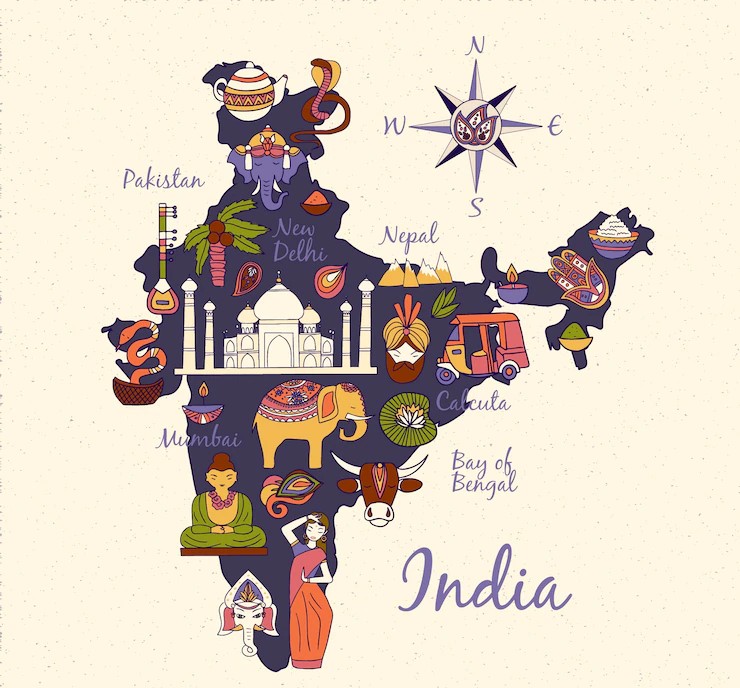Rajasthan, the lofty Place that is known for Lords, is prestigious not only for its magnificent strongholds and rich history but also for its dazzling and various conventional dance forms. More than just performances, these dances epitomize the actual quintessence of the state’s legacy, way of life, and customs. Let’s explore the captivating world of Rajasthan’s well-known dance styles.
Ghoomar: A Tribute to Elegance and Femininity
Among the most prestigious dance types in Rajasthan is Ghoomar. This agile and hypnotizing dance is profoundly connected with the Marwari people group and is performed solely by ladies. The appeal of Ghoomar lies in its effortless whirls, as the artists wear energetic customary clothing and twist around and around, making an entrancing visual display. Joined by customary Rajasthani people tunes, the dance describes accounts of affection, fortitude, and dedication. Ghoomar’s intricate footwork and the graceful use of the dancers’ colorful “ghagras,” or long skirts, to create a captivating swirling effect are truly what set it apart.
Kalbelia: Dance of the Snake Charmers
The Kalbelia dance is an exceptional structure that began from the Kalbelia clan, which has been prestigious for its dominance of snake-beguiling. Dancers rhythmically sway and flow in response to the melodies of traditional instruments like the “poongi,” a special type of flute, in this dance, which resembles the movements of snakes. Festooned in distinctive ensembles decorated with mirrors and globules, the entertainers get the light, adding an additional layer of visual charm. The Kalbelia dance has acquired global praise and regularly graces comprehensive developments and celebrations, enthralling spectators with its erotic yet elegant movements.
Bhavai: The Art of Balance
The extraordinary balancing abilities of its performers are on display in the traditional Rajasthani dance form known as Bhavai. While gracefully dancing to the music, the performers skillfully balance multiple pots on top of their heads. There is a wide range in the number of pots, with some artists astonishingly juggling up to seven pots in a single performance. This capable exhibit gives a visual display as well as honors the everyday difficulties experienced by Rajasthan’s kin. Bhavai was a celebration of women’s tenacity, grace, and adaptability, as they frequently carried water pots on their heads over long distances.
Chari: A Dance of Fiery Passion
Chari dance, well established in Rajasthan’s desert lifestyle, is an enamoring mix of expertise and dauntlessness. Women perform this dance while balancing brass pots on their heads and holding live flames. The dance represents the difficulties of provincial ladies who used to make a trip huge span to gather water for their families. The pots, containing seething coals or cottonseeds absorbed oil, discharge a warm gleam as the artists smoothly move in many-sided designs. The courage and determination of Rajasthani women are exemplified by the chari dance, which exudes both elegance and boldness.
Conclusion:
The vibrant cultural fabric of Rajasthan can be seen in the dance forms that the state produces. Each dance portrays a story, gives a message, and jelly the set of experiences and upsides of its kin. These dances, from the mesmerizing twirls of Ghoomar to the daring balances of Chari, represent Rajasthan’s rich traditions and unwavering spirit.
In a world that frequently embraces innovation, these conventional dance types of Rajasthan stand as a reference point of social pride, enamoring the hearts of all who have the honor to observe their excellence and beauty.





